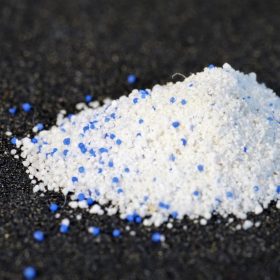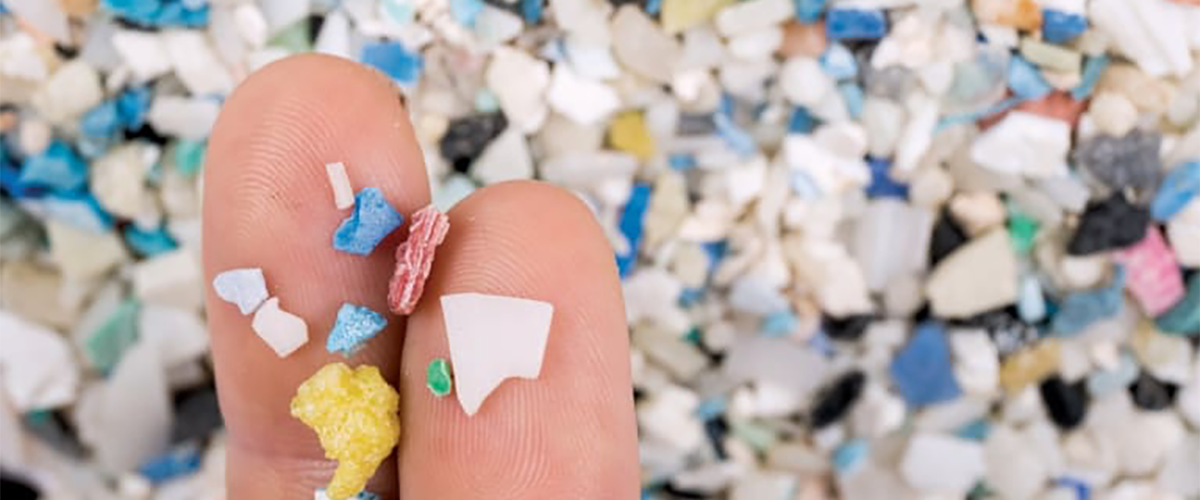What are microplastics?
Nowadays, you frequently hear people talking about microplastics, but almost always concerning the seas and oceans. Unfortunately, due to the mismanagement of urban waste and bad water treatment inland waters are also highly contaminated with plastics as a result of untreated drain sewage.
The ban of non-biodegradable cotton swabs, plastic bags and microplastics in cosmetics is a good sign and puts Italy in the leading position on this front however, on the other hand, it is necessary to intervene when it comes to waste management, as well as to start awareness and prevention initiatives to reduce the use of this insidious pollutant.
Plastic fragments are increasing in ecosystems around the world. Due the properties of the source material, they are difficult to decompose and therefore persist in the environment for a long time.
 What are microplastics
What are microplastics
Microplastics are defined as all plastic fragments whose dimensions are between 330 micrometers and 5 millimeters.
When a plastic fragment ends up in water, it dissolves into smaller fragments as a result of various chemical and physical processes: ultraviolet rays, wind, waves, microbes and high temperatures. For the very reason that there are many elements that contribute to deterioration, it is difficult to say precisely how long a single fragment takes to become a microplastic. Furthermore, the chemical additives used in the production phase, such as antimicrobials or flame retardants, that make them more resistant to ultraviolet rays, and waterproofing, contribute to prolonging the process. But microplastics can also be a primary waste, like those industrial pre-production pellets, textile fibers from washing machines or microspheres used in cosmetics.

